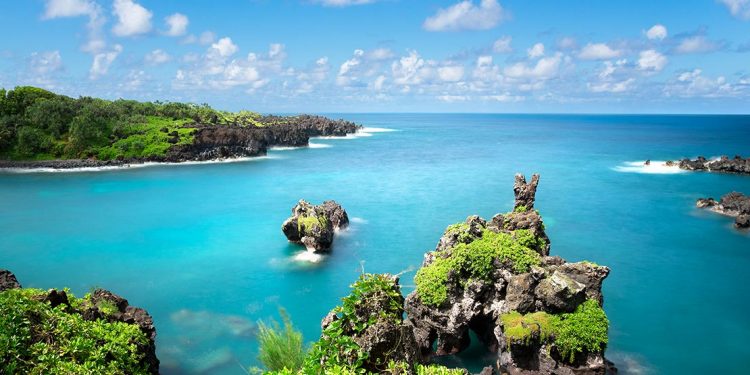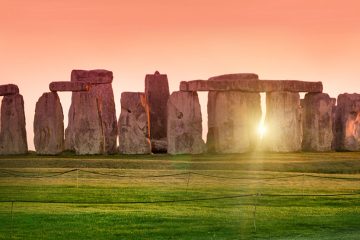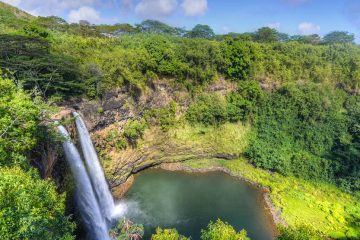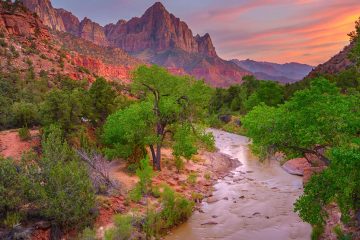Maui Hawaii
Touring the Hawaiian Back Roads of Valley Isle from Wailuku to Kahakuloa to Wailea
This trip, we’re going for it. This time, there are no road restrictions on our rental car contract or “4WD only” segments on the map. On roads as squiggly as a sidewinder’s path, our route is a figure-eight circumnavigation of Maui; counter-clockwise around the northern half and clockwise around the southern part. We’ll take each curve slowly and savor the untrammeled back roads of the Valley Isle.
We begin in quiet Wailuku, a historic sugar town and once a home of Hawaiian royalty. Our hostess at the gracious Old Wailuku Inn, a lovingly restored 1920s home, assures us this sleepy town is reviving as more people are moving here. Touring the main streets, we pass a pair of handsome churches, the 1930s Bailey House Museum, and some Art Deco buildings looking as faded as an old prom queen. Many homes are from the plantation era; small, tin-roofed, and festooned with flowers. It’s a brief tour and we’re soon on the road heading north.
Not far from Wailuku, the road roughens and narrows to one lane in spots. All along are expansive views of waves crashing on the jagged edges of black lava cliffs. Plumes of spray rocket upwards. Aside from some grazing cows, the solitude is unbroken until a yellow house appears on the horizon.
At the house gate is a “Gallery” sign. In we pull to discover a treasure trove of locally made artwork ranging from pottery to jewelry to photography and wood carvings. The proprietor mentions there’s some culinary art in the banana bread at the stand down the road and highly recommends indulging.
Our route descends into the fishing village of Kahakuloa, one of Maui’s oldest communities. At the edge of some taro ponds perches “Julia’s Best Banana Bread” stand. We share a few laughs with the lady herself, who does indeed bake a great loaf. Most of our purchase is devoured at a viewpoint overlooking the village and we regret not buying more, as Julia said we would.
The road zigzags along the coastline. At Nakalele Point, we walk to a blowhole where there’s a deep reverberation as waves hit the shore and a twenty meter geyser of water and mist erupts. Deciding to continue instead of getting soaked by the spray, we wind our way to Maui’s best winter surfing spot, Honolua Bay. Here the waves are big and scary; watching the surfers skim those watery walls is mesmerizing.
Leaving the daredevils to their sport, we crest the top of the island. Without much warning other than a tidy row of Norfolk pines, we find ourselves back in civilization. The west side of Maui from Kapalua to Lahaina is an extensively developed playground for tourists. It’s claustrophobic after our day’s open spaces so we return to the peacefulness of the Old Wailuku Inn.
After finishing our breakfast masaladas, delightful puffs of sugary dough, it’s off to Hana for the second half of our route. The road, with its many one lane bridges and hairpin turns, is the crown jewel of coastal driving. The jungle hillsides are a tapestry of verdant greens and contrast with the brilliant blue ocean far below.
Along the way, we walk to storybook waterfalls with deep pools for swimming, buy fruit at a roadside stand, gape at panoramas of foliage and water, and hike to a black sand beach. Being on Maui time and having booked a place in Hana means we can enjoy every twist and turn of the drive.
Two nights at the exotic, Balinese inspired jungle aerie of Hamoa Bay Bungalow allows time to explore both the beauty and quirkiness of the Hana area. On the ranch land, cows graze and ignore the views. Hasegawa Store, an east Maui institution, is crammed choc-a-bloc full of stuff, some of which has likely been here since the store opened. The beaches come with black, red, or salt and pepper sand and James Michener called Hamoa Beach the most perfect South Pacific Beach in the north Pacific.
Visiting Stonehenge may just be one of your most memorable experiences. Here's what you need to know when planning your trip!
The last segment of our drive is the “back” road out of Hana. True to form, there are more one lane bridges and hairpin turns. At ‘Ohe’o Gulch is an ocean-side series of serene pools connected by small waterfalls. Not far beyond the Gulch is a small green church, typical of the ones established by missionaries in the 1800s, and Charles Lindbergh’s grave.
As we motor along, the jungle gradually gives way to red, rocky terrain. The road is bumpier and the 180-degree turns require more caution. An occasional driveway prompts a debate on living in utter isolation although we discover residents haven’t far to go if they’re out of milk.
With its jumble of groceries and a display of cameras, Kaupo Store has perched on this remote edge of Maui since the 1920s. We buy some refreshments and snack at a pullout with forever views of the ocean and Mt. Haleakala. Like a drawn line on its slopes, the wet side of the island ends and the dry side begins.
Crossing that line puts us in a desolate moonscape of ancient lava flows. Jagged black rocks fill the stark landscape but not for long as we reach the winery, ranches, and farms of Maui’s upcountry. Below are the resort areas of Wailea and Makena; ahead fields of sugar cane and pineapples.
The road straightens and broadens, leaving the scenery of the twisting back roads behind. The turnoff for the long, winding road up Haleakala tempts us, but we’ll wait and squiggle along it another time.
For more information
This itinerary covered about 320 km and took four leisurely days. Check about road conditions in Wailuku and Hana before setting out.
Maui, Hawaii Visitor’s Bureau
The Old Wailuku Inn at Ulupono
Kaukini Gallery at Kahakuloa
Author
Karoline Cullen







